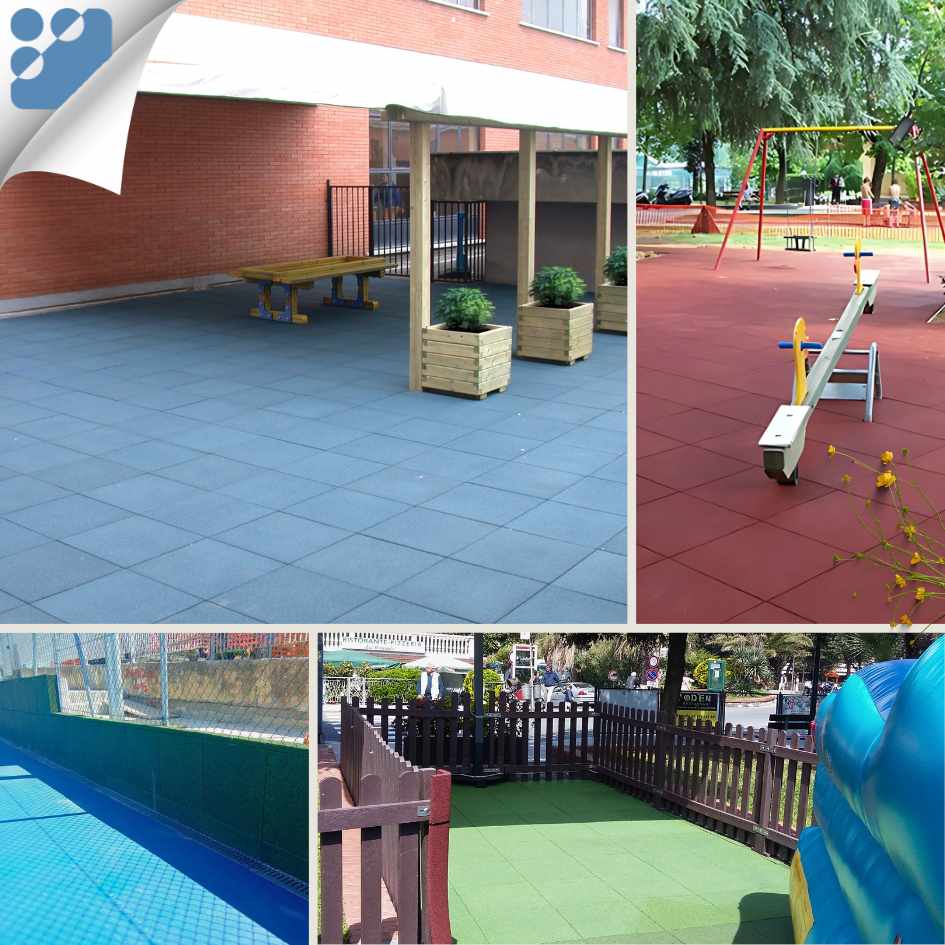
End-of-Life Tires: a Global Environmental Challenge
Every year, millions of tires reach the end of their life and are discarded, generating a considerable environmental impact. These waste products, if not managed correctly, accumulate in landfills or are abandoned in the environment, where they take over a century to degrade (source: Plastic Free Onlus). In some extreme conditions, it’s estimated to take up to 2,000 years for a tire to decompose completely (source: South Carolina Department of Natural Resources).
Meanwhile, however, they progressively release toxic substances — heavy metals, hydrocarbons, and other chemical compounds — that pollute the soil, groundwater, and even the atmosphere. This phenomenon is still too underestimated, but it represents one of the most persistent global environmental emergencies.
ELT Recycling: Recovered Materials and Sustainability
The recycling of ELTs (End-of-Life Tires) today represents a concrete and sustainable alternative to abandonment or incineration. In Italy, the Ecopneus consortium has developed a virtuous model that allows the transformation of used tires into useful resources for new production chains.
During the treatment process, three main materials are recovered:
Rubber (up to 80%), in the form of granules, powders, or shredded rubber
Steel, which is reused in the metallurgical industry
Textile fibers, used as insulating material or alternative fuel
Technical Advantages of Recycled Rubber for Industry
Recycled rubber is much more than a simple by-product. Thanks to its technical characteristics, it lends itself to a wide range of industrial and urban applications. Its properties include:
Elasticity: effectively absorbs shocks, making it perfect for impact-absorbing flooring, such as those used in parks or gyms
Weather resistance: maintains unaltered performance over time, even under rain, frost, or intense sun
Sound insulation: reduces noise transmission, improving comfort in urban or productive contexts
Drainage capacity: facilitates water runoff, avoiding stagnation on surfaces such as bike paths or public areas
Durability and minimal maintenance: an investment that pays off over time, both in terms of sustainability and operational costs
This mix of technical characteristics and economic benefits makes recycled rubber an increasingly chosen solution by designers, businesses, and public administrations.
Applications of Recycled Rubber in B2b Sectors
The applications of recycled rubber are increasingly widespread and versatile, especially in the B2B world. Its adaptability makes it ideal for high-wear environments or those requiring advanced technical specifications. Here are some concrete examples:
Public playgrounds: flooring compliant with EN 1177 that guarantees safety in case of falls
Sports facilities and fitness centers: impact-absorbing floors that combine resistance, grip, and impact absorption
Urban spaces: urban furniture, road bollards, benches, and planters.
Logistics sector: anti-slip systems for goods transport, anti-vibration mats, fixing blocks
Custom technical products: tailor-made elements for industry.
In all these cases, recycled rubber represents a smart choice both in environmental and functional terms.
FAQ – Recycled Materials Certification and REMADE®
What are the Main Applications of Recycled Rubber?
Recycled rubber is used in playgrounds, sports facilities, urban areas, industrial logistics, and custom technical products. It’s a versatile solution for many needs in the B2B sector.
What Advantages Does Recycled Rubber Offer Compared to other Materials?
It offers excellent elasticity, weather resistance, sound insulation, and drainage capacity. Moreover, it’s environmentally friendly, requires little maintenance, and allows for long-term cost savings.
Is it Possible to Customize Recycled Rubber Solutions?
Yes, many companies offer customized solutions, adaptable to specific needs in industrial, urban, or logistic settings. Design flexibility is one of the key strengths of recycled rubber.
How is an End-Of-Life Tire (ELT) Recycled?
After shredding, the tire is separated into its main components: rubber, steel, and textile fibers. Each material is then sent to a specific recovery process.
How much Rubber is Recovered from a Tire?
On average, up to 80% of rubber can be recovered from an end-of-life tire. This is transformed into granules, powders, or rubber crumb to be reused in new industrial applications.




